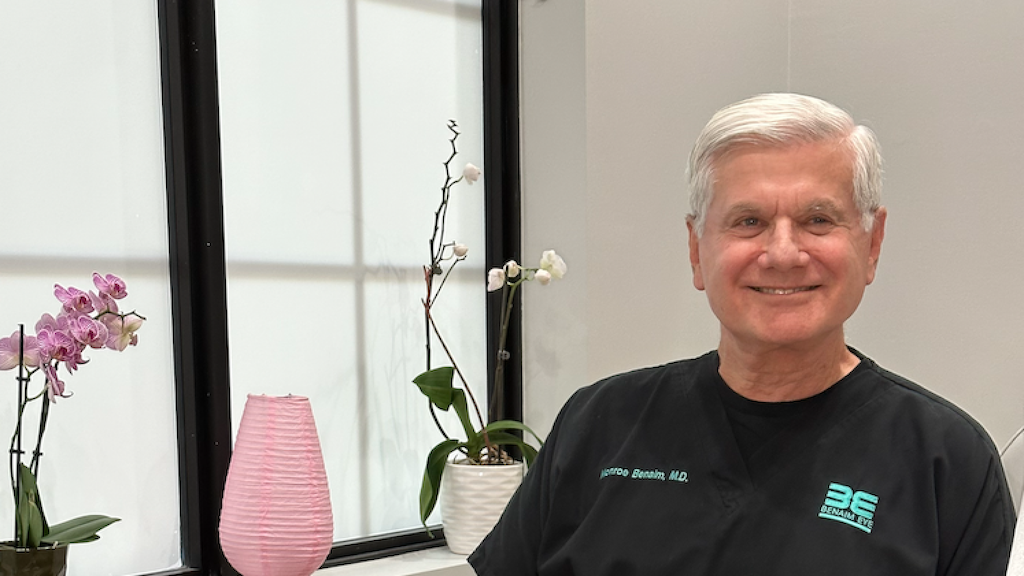Congenital cataracts and childhood cataracts are not very common. However, in the event that a child or infant has cataracts, it is not easy to predict how much their vision will be improved after the treatment. In most cases, children tend to have a reduction in vision even after the treatment.
Cataract surgery is the most common treatment for children with cataracts. When it is performed on children and babies, the procedure will be performed under general anesthesia. The procedure will take a longer time than it does for an adult and may take up to one or two hours. If the cataracts are present at birth, doctors will usually recommend that surgery be done as early as a few weeks after birth.
The procedure starts with the doctor applying eye drops to dilate the pupil. Then, a small cut is made on the cornea to allow for the cloudy lens to be removed. The next step is to install an intraocular lens (IOL) to replace the removed lens. The IOL will restore the eye’s focusing ability that is lost with the removal of the lens. However, it is more common for young children and babies to not get an IOL implant right away. The best option for them is to choose removable contact lenses or eyeglasses. These can be chosen and fitted about a week or two after the surgery. After the procedure is complete, the incision on the cornea will be closed.
For children or infants with cataracts, the risk of further complications after cataract surgery is a bigger possibility. With the fitting of an IOL, treating complications that may occur later on can get difficult. In fact, there have been reports of IOLs being the cause of the complications. Therefore, removable contact lenses or specially designed eyeglasses are the better option with better long-term results.
It is quite normal for a child or infant to stay overnight after a cataract surgery. This way, their recovery can be closely monitored. In the event of bilateral cataracts (cataracts in both eyes), the surgeon will work separately on each eye to minimize the risk of complications. In this case, the operations will be conducted about a week apart. After the operation, regular check-ups are a must to monitor the progress. A child’s vision will develop as they grow, and the strength of the glasses or contact lenses will be adjusted accordingly.
Big News! Dr. Benaim Unveils Our Cutting-Edge Dry Eye Suite
Discover Lasting Relief from Dry Eye with the Envision by Inmode – Read below for an in depth discussion on


